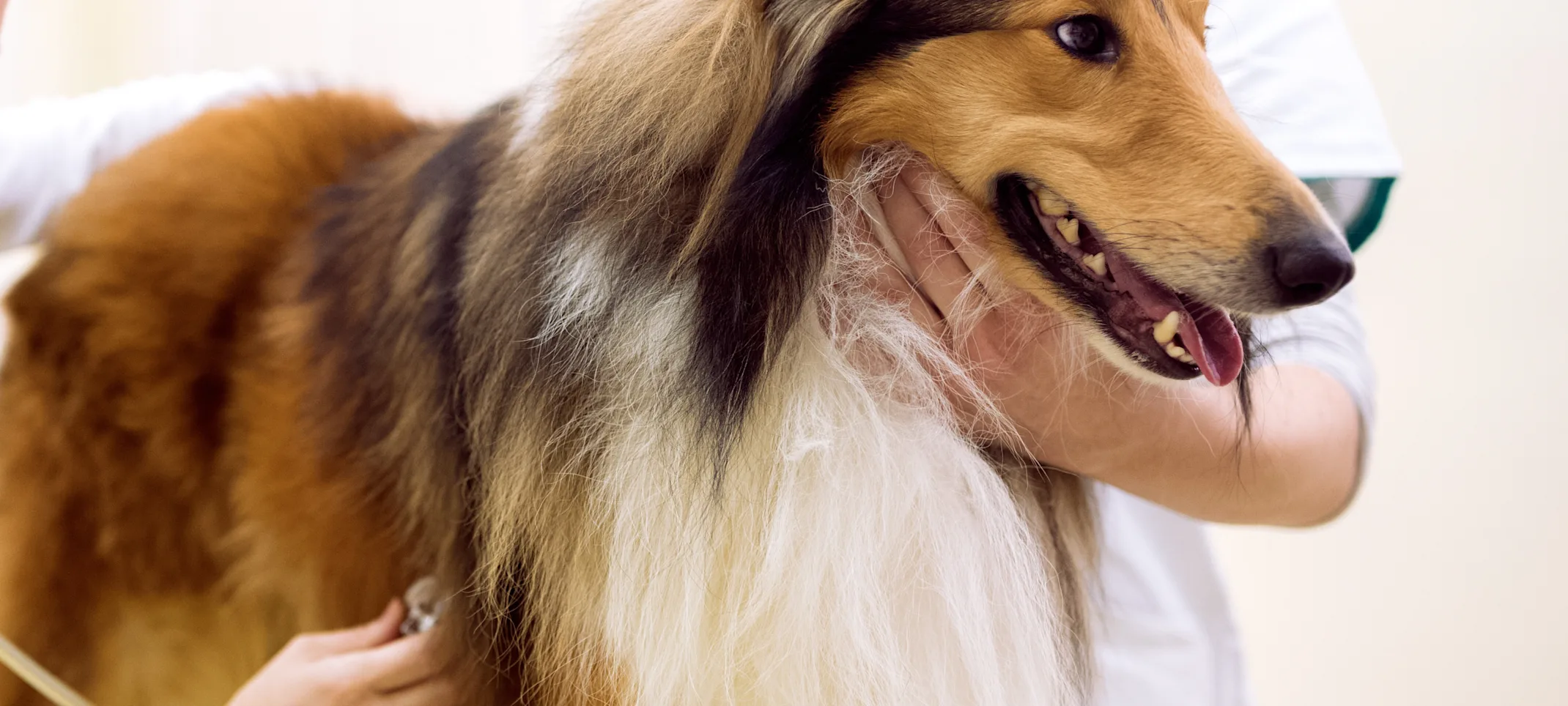Las Posas Veterinary Medical Center
Orthopedic Surgery
Orthopedic surgery can help pets who suffer from joint problems, torn ligaments, broken bones, and even help correct congenital problems.

Overview
Orthopedic surgery treats bones, joints, ligaments, and muscles—areas in which your pet may feel pain in from a variety of conditions. If orthopedic surgery is recommended for your pet, we will do everything possible to keep them safe and comfortable before, during, and after the surgery.
Why would my pet need orthopedic surgery?
Orthopedic surgery can help animals who suffer from joint problems, torn ligaments, broken bones, and can even help correct congenital problems. Most orthopedic surgery is focused around the cranial cruciate ligament (CCL), sometimes referred to as the Anterior Cruciate Ligament (ACL).
When should I seek orthopedic care for my pet?
Pay attention to the way your pet is moving around, any unusual changes may mean they have an orthopedic condition.
Typical symptoms of an orthopedic disorder include difficulty getting up, favoring a leg intermittently when walking, limping - swelling in the leg, stiffness or decreased activity level. If you notice any of these problems, you should take your pet to our facility for an examination.
We perform many types of orthopedic (bone) surgeries in our hospital, including fracture repairs and reconstructive procedures. When a bone is fractured, we can sometimes select from several types of fixation techniques to stabilize the bone fragments, which include:
Fiberglass casts are commonly used in humans; however, in dogs and cats, they have relatively limited applications due to the fact that animals will walk on all four of their limbs at all times. In general this technique is limited to toe fractures or may be used with another form of internal fixation.
Intramedullary pinning stabilizes the fracture by inserting a long stainless-steel rod into the middle of the bone across the fractured area.
Bone plating involves attaching a flat stainless-steel plate to the bone using screws on either side of the fracture.
External fixation stabilizes fractures using a series of pins inserted at a 90° angle through the skin to the bone, which are then connected by an external rod or an epoxy-filled tube to stabilize the fracture segments.
